COVID-19 Safety Tips and Best Practices
READ IN SPANISH
COVID-19: What is it, and how does it spread?
COVID-19 (Coronavirus Disease 2019) is a highly contagious virus that can cause mild to severe respiratory illness in those infected. The initial outbreak was discovered in Wuhan, China in December or 2019. Over the following 3 months it spread from country to country – and as of March 2020 has been declared a global pandemic by the World Health Organization.
The virus is primarily spread between people through respiratory droplets produced when an 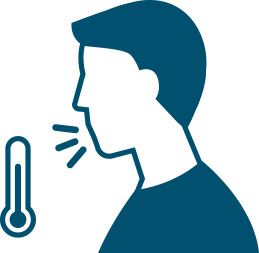 infected person coughs or sneezes. These droplets can land on the mouths or noses of people who are nearby, or possibly be inhaled into the lungs. The virus can also enter through the eyes.
infected person coughs or sneezes. These droplets can land on the mouths or noses of people who are nearby, or possibly be inhaled into the lungs. The virus can also enter through the eyes.
It is important to practice social distancing, wash or sanitize hands, and frequently disinfect all commonly touched areas and items, including door handles, service vehicles, refrigerators, break rooms, bathrooms, shared tools, etc.
COVID-19 Prevention and Work Practice Controls
Worker Responsibilities
- Frequently wash your hands with soap and water for at least 20 seconds. When soap and running water are not available, use an alcohol-based hand rub with at least 60% alcohol. Always wash hands that are visibly soiled.
- Cover your mouth and nose with a tissue when you cough or sneeze, or use the inside of your arm or elbow.
- Avoid touching your eyes, nose, or mouth with unwashed/unsanitized hands.
- Avoid close contact with people who are sick.
- Employees who have symptoms (i.e., fever, cough, or shortness of breath) should notify their supervisor and stay home—DO NOT GO TO WORK.
- Sick employees should follow CDC-recommended steps. Employees should not return to work until the criteria to discontinue home isolation is met, in consultation with healthcare providers and state and local health departments.
General Jobsite and Office Practices
![]() Clean AND disinfect frequently touched objects and surfaces such as workstations, keyboards, telephones, handrails, doorknobs, and coffee pots. Dirty surfaces can be cleaned with soap and water prior to disinfection. To disinfect, use products that meet EPA’s criteria for use against SARS-CoV-2external icon, the cause of COVID-19, and are appropriate for the surface.
Clean AND disinfect frequently touched objects and surfaces such as workstations, keyboards, telephones, handrails, doorknobs, and coffee pots. Dirty surfaces can be cleaned with soap and water prior to disinfection. To disinfect, use products that meet EPA’s criteria for use against SARS-CoV-2external icon, the cause of COVID-19, and are appropriate for the surface.- Avoid using other employees’ phones, desks, offices, or other work tools and equipment, when possible. If necessary, clean and disinfect them before and after use.
- Clean and disinfect frequently used tools and equipment on a regular basis.
This includes other elements of the jobsite where possible.
Employees should regularly do the same in their assigned work areas.
- Clean shared spaces such as trailers and break/lunchrooms at least once per day.
- Disinfect shared surfaces (door handles, machinery controls, etc.) on a regular basis.
- Avoid sharing tools with co-workers if it can be avoided. If not, disinfect before and after each use.
- Arrange for any portable job site toilets to be cleaned by the leasing company at least twice per week and disinfected on the inside.
- Any trash collected from the jobsite must be changed frequently by someone wearing gloves.
In addition to regular PPE for workers engaged in various tasks (fall protection, hard hats, hearing protection), employers should also provide:
Gloves
Gloves should be worn at all times while on-site. The type of glove worn should be appropriate to the task. If gloves are not typically required for the task, then any type of glove is acceptable, including latex gloves. Gloves should not be shared if at all possible.
Eye Protection
Eye protection should be worn at all times while on-site.
COVID-19 PREVENTION POSTER – From NAHB
Know the Symptoms of COVID-19
- Coughing, fever, shortness of breath, and difficulty breathing.
- Early symptoms may include chills, body aches, sore throat, headache, diarrhea, nausea/vomiting, and runny nose. If you develop a fever and symptoms of respiratory illness, DO NOT GO TO WORK and call your health-care provider immediately. Do the same thing if you come into close contact with someone showing these symptoms.
Employer Responsibilities
The General Duty Clause of the Occupational Safety and Health (OSH) Act of 1970 states that:
Each employer shall furnish to each of his employees employment and a place of employment which are free from recognized hazards that are causing or are likely to cause death or serious physical harm to his employees.
On a construction site, this is as true whether it’s a slip and fall hazard, an electrocution hazard, or the coronavirus. In order to protect workers and prevent the spread of COVID-19, OSHA has provided resources and guidelines for businesses and employers to follow. And the chamber of commerce has a guide on reopening your business.
Here are some tips on the most effective ways to protect your workers, slow the spread, and flatten the curve:
- Develop a COVID-19 Exposure Action Plan.
- Conduct safety meetings (toolbox talks) by phone if possible. If not, instruct employees to maintain 6-feet between each other. The foreman/supervisor should track attendance verbally rather than having employees sign an attendance sheet.
- Access to the jobsite and work trailer will be limited to only those necessary for the work.
- All visitors will be pre-screened to ensure they are not exhibiting symptoms.
- Employees, contractors, and visitors will be asked to leave the jobsite and return home if they are showing symptoms.
- Provide hand sanitizer and maintain Safety Data Sheets of all disinfectants used on site.
- Provide protective equipment (PPE) to any employees assigned cleaning/disinfecting tasks.
- Talk with business partners about your response plans. Share best practices with other businesses in your communities (especially those in your supply chain), chambers of commerce, and associations to improve community response efforts.
Personal Protective Equipment and Alternate Work Practice Controls
- Provide and wear the proper PPE.
- Keep the dust down by using engineering and work practice controls, specifically through the use of water delivery and dust collection systems.
Employee Responsibilities
- Become familiar with the Exposure Action Plan and follow all elements of the Plan.
- Practice good hygiene: wash hands with soap and water for at least 20 seconds. If these are not available, use alcohol-based hand rub with at least 60% alcohol. Avoid touching your face, eyes, food, etc. with unwashed hands.
Guidance on Preparing Workplaces for COVID-19
The Occupational Safety and Health Administration (OSHA) developed this COVID-19 planning guidance based on traditional infection prevention and industrial hygiene practices. It focuses on the need for employers to implement engineering, administrative, and work practice controls and personal protective equipment (PPE), as well as considerations for doing so.
https://www.osha.gov/Publications/OSHA3990.pdf
Protecting Workers During A Pandemic
https://www.osha.gov/Publications/OSHAFS-3747.pdf
A “New Normal” For Construction Safety
https://www.constructiondive.com/spons/after-covid-19-there-will-be-a-new-normal-for-construction-safety/575840/
Coronavirus Preparedness and Response – NAHB
https://www.nahb.org/Advocacy/Industry-Issues/Emergency-Preparedness-and-Response/Coronavirus-Preparedness

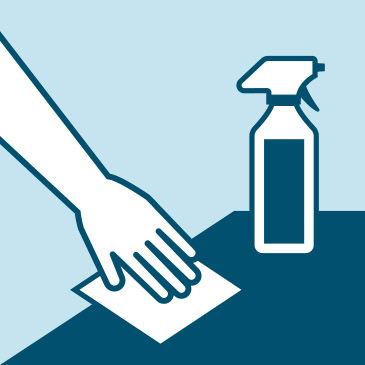
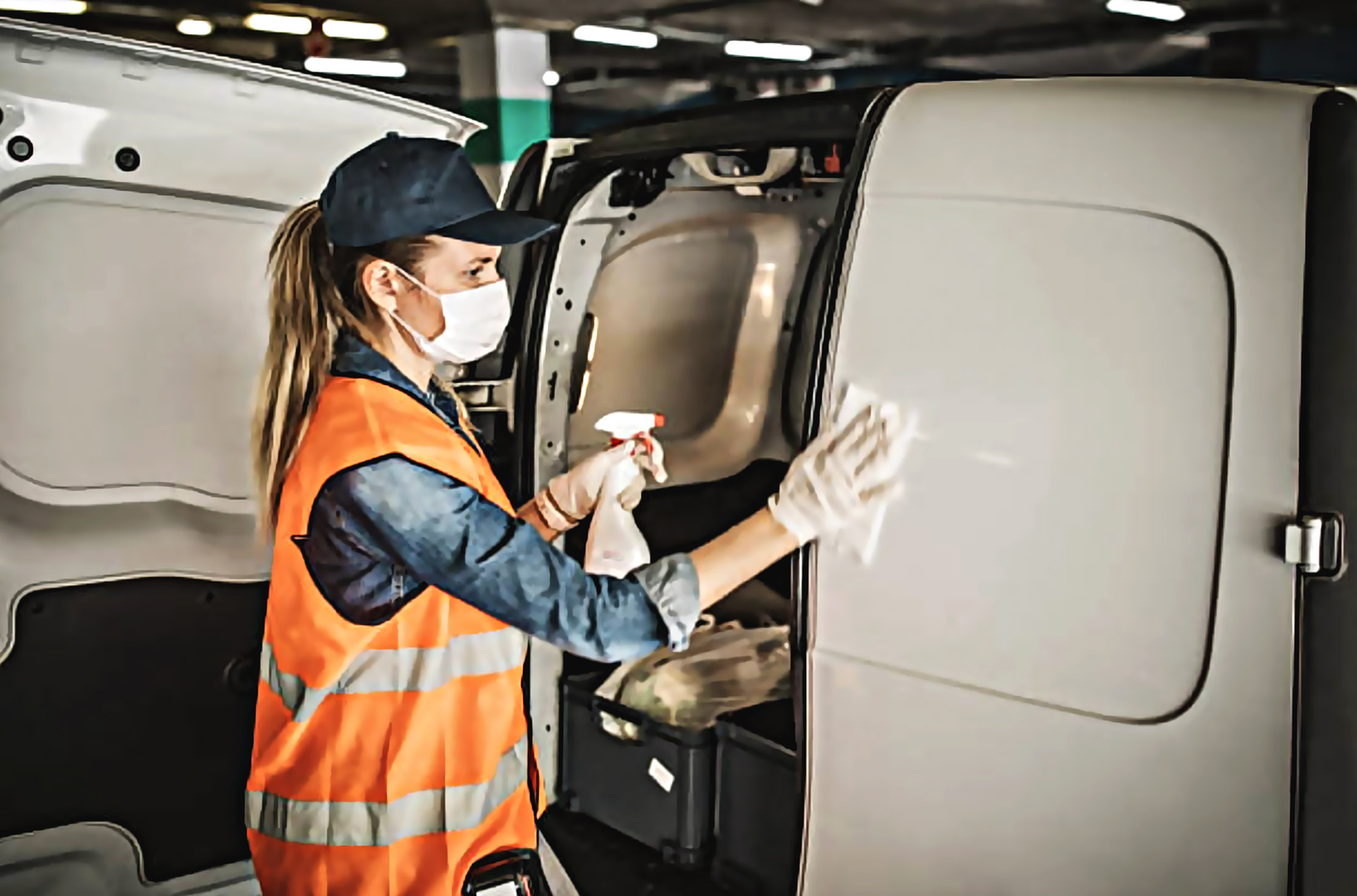





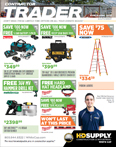
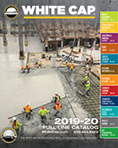
Thanks for information being very straight forward and the links . Very helpful!
Glad you find the info relevant and helpful Ramie!